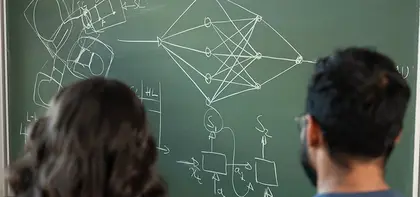
Matching Problem and Optimal Transportation
Published Aug 3, 2022
Lukas Koch
Optimal matching and optimal transportation
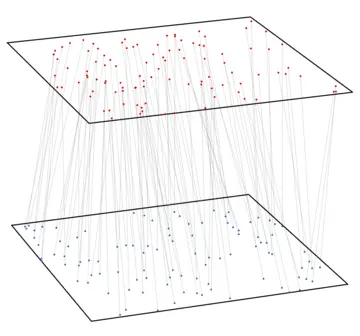
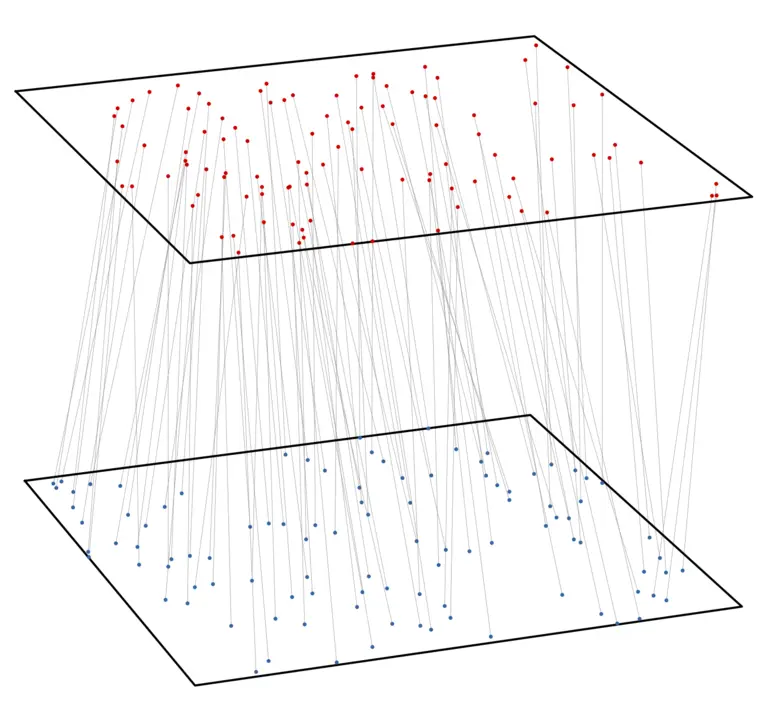
Optimal transportation describes the problem of finding the most efficient way to move a distribution of materials
Optimal matchings in 2d
When considering the optimal matching problem with point clouds in
Harmonic approximation
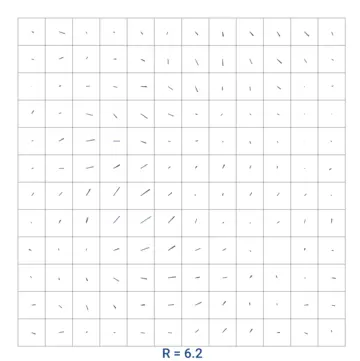
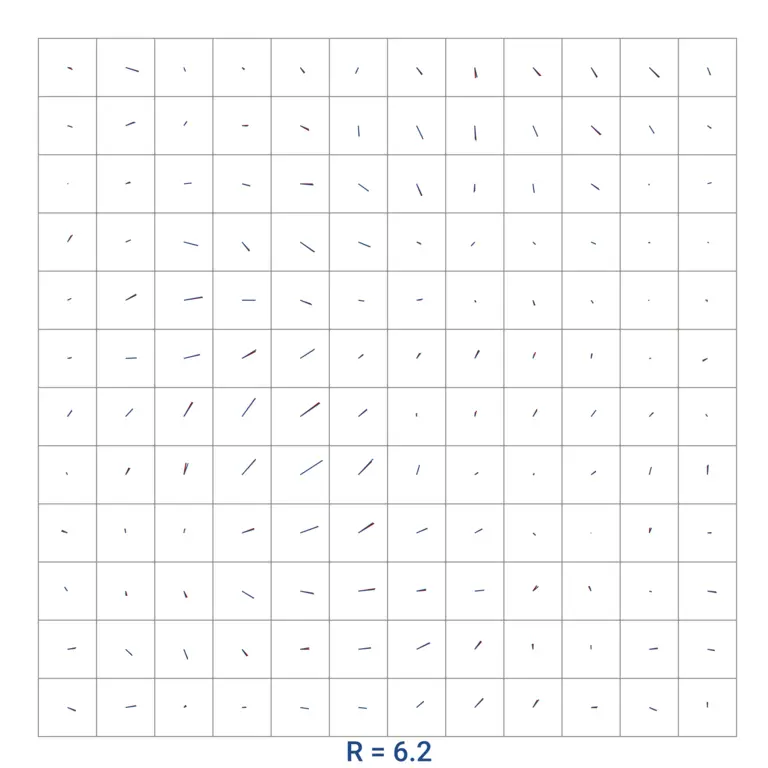
The proof of the non-existence of stationary, locally optimal matchings in 2d is based on a tool, which is called harmonic approximation. It says that optimal transportation maps are well-approximated by harmonic maps.
The harmonic approximation result was originally developed in [2], in order to study the regularity properties of solutions to the quadratic optimal transportation problem. These problems had been studied before mainly using techniques from nonlinear PDE theory developed by Caffarelli [4,5]. The outcome of these studies was a partial
This approach relies primarily on the connection of the optimal transportation problem with a linearized PDE problem. Note that we can view an optimal transportation map
References
| [1] | Figalli, Alessio, and Young-Heon Kim. Partial regularity of Brenier solutions of the Monge-Ampere equation. Discrete & Continuous Dynamical Systems 28.2 (2010): 559. doi: 10.3934/dcds.2010.28.559 |
| [2] | Goldman, Michael, and Felix Otto. A variational proof of partial regularity for optimal transportation maps. Annales scientifiques de l'Ecole Normale Supérieure. Vol. 53. No. 5. 2020. doi: 10.24033/asens.2444 |
| [3] | Huesmann, Martin, Francesco Mattesini, and Felix Otto. There is no stationary cyclically monotone Poisson matching in 2d. arXiv preprint arXiv:2109.13590 (2021). doi: 10.48550/arXiv.2109.13590 |
| [4] | Caffarelli, Luis A. A localization property of viscosity solutions to the Monge-Ampere equation and their strict convexity. Annals of mathematics 131.1 (1990): 129-134. doi: 10.2307/1971509 |
| [5] | Caffarelli, Luis A. The regularity of mappings with a convex potential. Journal of the American Mathematical Society 5.1 (1992): 99-104. doi: 10.2307/2152752 |
| [6] | De Philippis, Guido, and Alessio Figalli. Partial regularity for optimal transport maps. Publications mathématiques de l'IHÉS 121.1 (2015): 81-112. doi: 10.1007/s10240-014-0064-7 |
Scientific Contact
Lukas Koch
Related Content
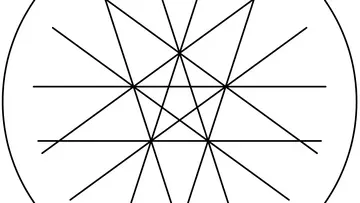
Investigating Terao’s Freeness Conjecture With Computer Algebra Investigating Terao’s Freeness Conjecture With Computer Algebra
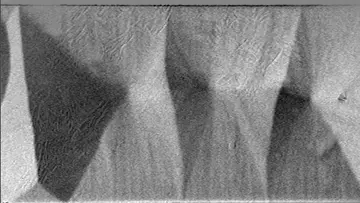
Universality of the Magnetization Ripple Universality of the Magnetization Ripple
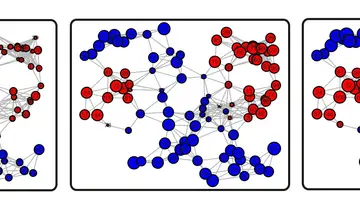
Opinion Models in Odycceus: Social Feedback and Polarization Opinion Models in Odycceus: Social Feedback and Polarization
